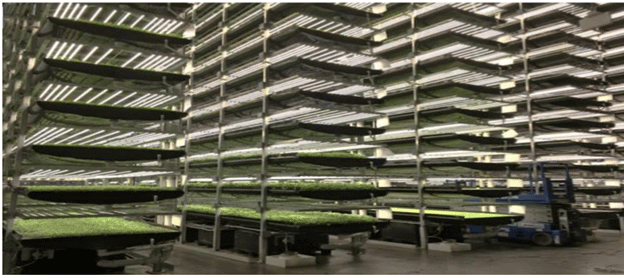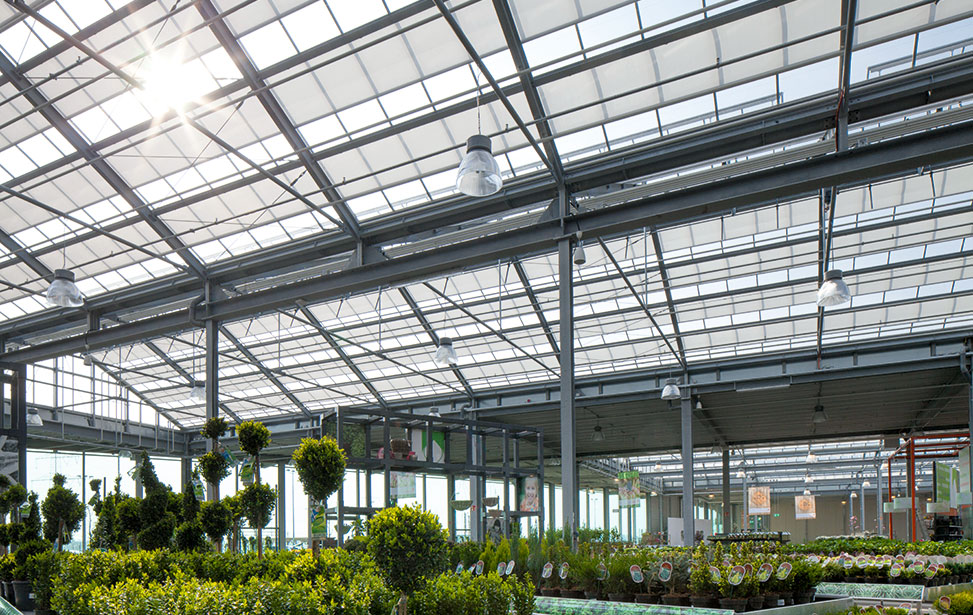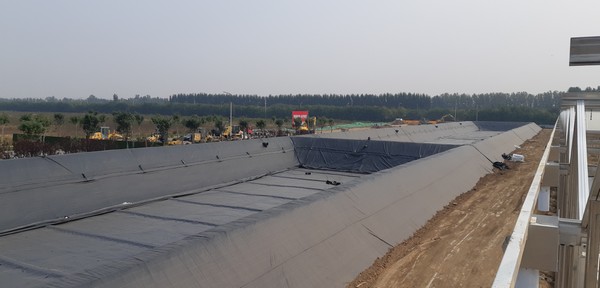Vietnam’s agriculture sector has made significant strides in recent years, with the General Statistics Office reporting a 3.36% increase in sector-wide growth in 2022—the highest in years. Agricultural exports, including produce and aquaculture, reached $53.22 billion, marking a 9.3% rise compared to 2021 and generating a trade surplus of over $8.5 billion. This progress highlights the sector’s enhanced productivity and quality, driven by technological advances such as organic fertilizers, drip irrigation, and greenhouse farming. These innovations have enabled Vietnam to meet high international standards and secure access to challenging global markets.
The Role of High-Tech Agriculture
High-tech agriculture, which encompasses technologies like vertical farming, hydroponics, aeroponics, and the integration of AI, has increasingly become the backbone of Vietnam’s agricultural innovation. High-tech applications help farmers enhance crop yields, improve crop quality, and ultimately boost profits. According to research, these technologies can cut costs and improve productivity by up to 30% while also reducing the need for chemical inputs that can harm the environment.
Despite these benefits, high-tech agriculture is not without challenges. The initial costs of investment are high, making it difficult for small-scale farmers to transition. Training expenses for workforce competency and ongoing maintenance costs also require consideration. Additionally, protecting sensitive data, ensuring data privacy, and adapting to rapid technological changes are all essential for efficient high-tech agricultural practices.
Vertical Farming: An Emerging Solution
Vertical farming, initially proposed by Bailey in 1915 and popularized by Dickson Despommier in his 2010 book Vertical Farm: Feeding the World in the 21st Century, offers a promising solution to these challenges. This farming method involves stacking plants in layers, typically within a controlled indoor environment, allowing year-round crop growth. Vertical farms utilize artificial lighting, climate control, and precise nutrient management to optimize plant growth, reduce water use by up to 95%, and eliminate the need for pesticides.
Despommier outlines three main vertical farming approaches:
- Utilizing rooftop spaces on commercial, residential, and retail buildings.
- Converting abandoned warehouses or other unused buildings for agricultural use.
- Constructing new buildings specifically designed for vertical farming.
In Vietnam, the rapid urbanization and shrinking arable land make vertical farming particularly relevant. For example, Dalat, with its booming greenhouse agriculture, could benefit from vertical farming’s space-efficient design to accommodate more crops per square meter. The application of aeroponics and hydroponics within these structures can yield a diversity of crops, from leafy greens to strawberries, while conserving water and reducing chemical usage.
Advantages of Vertical Farming in Vietnam’s Agricultural Context
- Maximized Space Efficiency: Vertical farms, especially when integrated into urban areas or greenhouses, use minimal land and help alleviate deforestation pressures by reducing the need for new agricultural lands.
- Increased Productivity: By stacking crops vertically, yield per square meter significantly increases, supporting diverse crop production in limited spaces.
- Water Conservation: Systems like aeroponics and hydroponics allow water to be recycled, minimizing the water footprint compared to traditional farming.
- Reduced Pesticide Use: The controlled indoor environment reduces pest pressure, eliminating the need for harmful chemicals.
- Improved Resource Management: Advanced monitoring systems in vertical farms help optimize energy, water, and nutrient inputs, cutting down on waste and operational costs.
- Easier Management and Labor Efficiency: Technology-enhanced monitoring systems make management easier, allowing smaller teams to manage larger crop yields effectively.
- Healthier Food: Vertical farms produce pesticide-free, high-quality produce, meeting consumers’ growing demand for safe, nutritious food.
Challenges and Considerations
While vertical farming holds promise, several obstacles must be addressed:
- High Initial Investment: The upfront costs for setting up vertical farming facilities are significant, often requiring government subsidies or private investment.
- Energy Consumption: Climate control and artificial lighting are essential but energy-intensive, creating a need for renewable energy sources to reduce the environmental impact.
- Technical Expertise: Training in hydroponic and aeroponic systems, as well as in environmental monitoring technologies, is essential but costly, presenting a barrier for many farmers.
- Environmental Impact: While vertical farms can be water-efficient and pesticide-free, energy consumption remains a concern. Solar energy integration or energy-saving lighting solutions could help mitigate this issue.
Future Directions
Moving forward, integrating vertical farming into existing greenhouse operations in regions like Dalat could be a viable approach for Vietnam. By maximizing current infrastructure, this method could help balance costs and minimize land use while increasing yield. Pilot projects focusing on high-demand crops, such as leafy greens and herbs, may also provide a scalable model for larger farms to adopt.
Ultimately, vertical farming, when combined with renewable energy and smart technologies, has the potential to transform Vietnam’s agricultural sector. Continued research, government support, and public-private partnerships will be vital in overcoming challenges and unlocking the full potential of this innovative approach to meet growing food demands sustainably.












